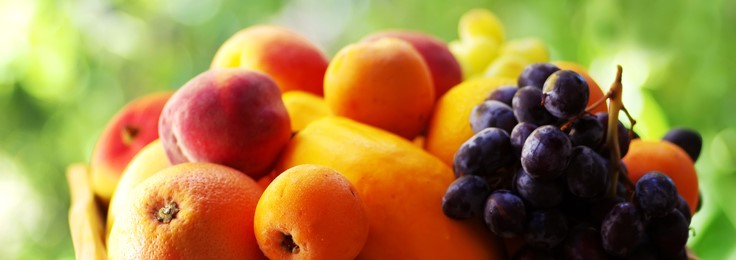To C or not to C – take the quiz

Take my vitamin CWhat it does: Strengthens immune system – fights infections. Makes collagen, keeping bones, skin and joints firm and strong. Antioxidant, detoxifying pollutants and protecting against… quiz to C if you know how much you actually need and are getting from your diet.
Q. Which food has the most vitamin C?
a) oranges b) kiwi c) strawberries d) broccoli e) peppers f) watercress
Q. Which is the richest known source of vitamin C?
Q. Which animals don’t make vitamin C?
Q. How much do gorillas and other primates eat in the jungle?
Q. How much do us humans, in concrete jungles eat?
Q. How much vitamin C does a goat make a day?
Q. Which disease do animals that make vitamin C rarely get?
Answers
Here’s the answers. How did you do?
A. The best vitamin C rich foods (per calorieCalories are a measure of the amount of energy in food. Knowing how many calories are in the food we eat allows us to balance…) are peppers, followed by watrercress, broccoli, strawberries and then kiwi and oranges.
A. The richest known source of vitamin C is the Australian Billygoat Plum. Chillies are high but you’d have to eat a lot!
A. All animals do make vitamin C, except primates, guinea pigs, the fruit eating bat and the red vented bulbul bird – all species with a history of living in fruit-rich jungles.
A. Gorillas eat up to 4,000mg a day in the wild. Let’s assume their twice our size – we’d still have been getting 1 to 2,000mg a day from leaves, fruits and berries.
A. We get about 100mg a day. Twenty supermarket oranges give you 1,000mg.
A. Animals who make vitamin C (from glucose) make a lot. A goat makes 13 to 16 grams a day. it sacrifices the energy-giving sugars from grass to make loads of vitamin C. Why? It must be important for their health – and it is.
A. Animals who make vitamin C rarely suffer from colds or viral infections or cancer. Ever seen a goat with a cold? Ebola affects primates, fruit-eating bats and humans – all non-vitamin C producing animals. But not dogs, cats, rats, cows, pigs, sheep and goats all of whom make vitamin C. Vitamin C producing animals are much less susceptible to heart disease as well.
Now you understand why twice Nobel Prize winner Linus Pauling focussed his research on vitamin C on colds and cancer. He knew that animals, if exposed to a virus or cancer would massively increase their production. So he did the same and found that 1 gram an hour of vitamin C effectively supresses colds. That’s exactly what I do if I ever get the first signs of a cold.
One of the hottest areas of cancer research is the remarkable effect of high dose intravenous vitamin C therapy. It not only kills and suppresses cancer cell growth but works well with most other chemotherapy, enhancing the drug’s effectiveness and reducing it’s toxicity.
I like to eat vitamin C rich foods every day – from berries to greens – but I also make sure I supplement 2 grams a day. My vitamin C has zincWhat it does: Component of over 200 enzymes in the body, essential for growth, important for healing, controls hormones, aids ability to cope with stress…, black elderberry and ginger in it because these also support healthy immunity.
If you’d like to learn more about vitamin C, how it was discovered and why it’s remarkable healing properties are still resisted today watch this brilliant animation by Matthew Ingram, who made by HybridDiet Film.

Comments
Join the Conversation on our Facebook Page